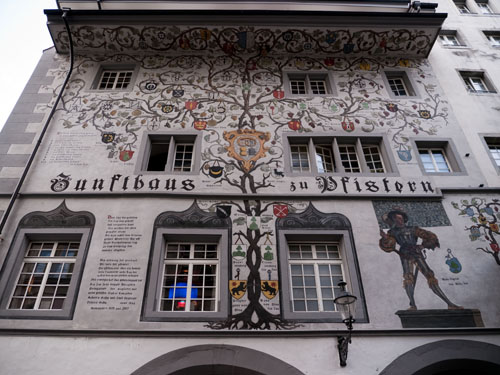You will likely have more than 63 people in your family tree because you probably have brothers and sisters and your parents had brothers and sisters, and so on. Let’s make a simple assumption: every generation in your family has three children, who in turn have three children each and this keeps going on through time.
Obviously, family trees are not that uniform. Many people come from families with more than three children and everyone has aunts and uncles that never had children. However, for the purposes of this discussion, let’s keep it simple and assume that everyone in every generation gets married and has three children.

Now, let’s go back to your 16 pairs of great-great-great-grandparents. Assume each pair had three children, who in turn had three children, who in turn had three children. If we role the clock forward, after five generations you appear. If you do the math, you will find this will produce 365 people down to your generation.
But, wait a minute; you have 16 pairs of great-great-great-grandparents. This means your extended family tree has 16 x 365 = 5,840 potential people in it!
Did you realize your family tree was that big? Most people guess their family tree has (at most) a couple hundred people in it. And remember, we have not yet finished counting everyone. You might have children and they might have children. You might also have siblings who have children and grandchildren. There is also your spouse’s family, which is probably just as large as your family. Before you know it, your potential family tree has probably gotten pretty big.

